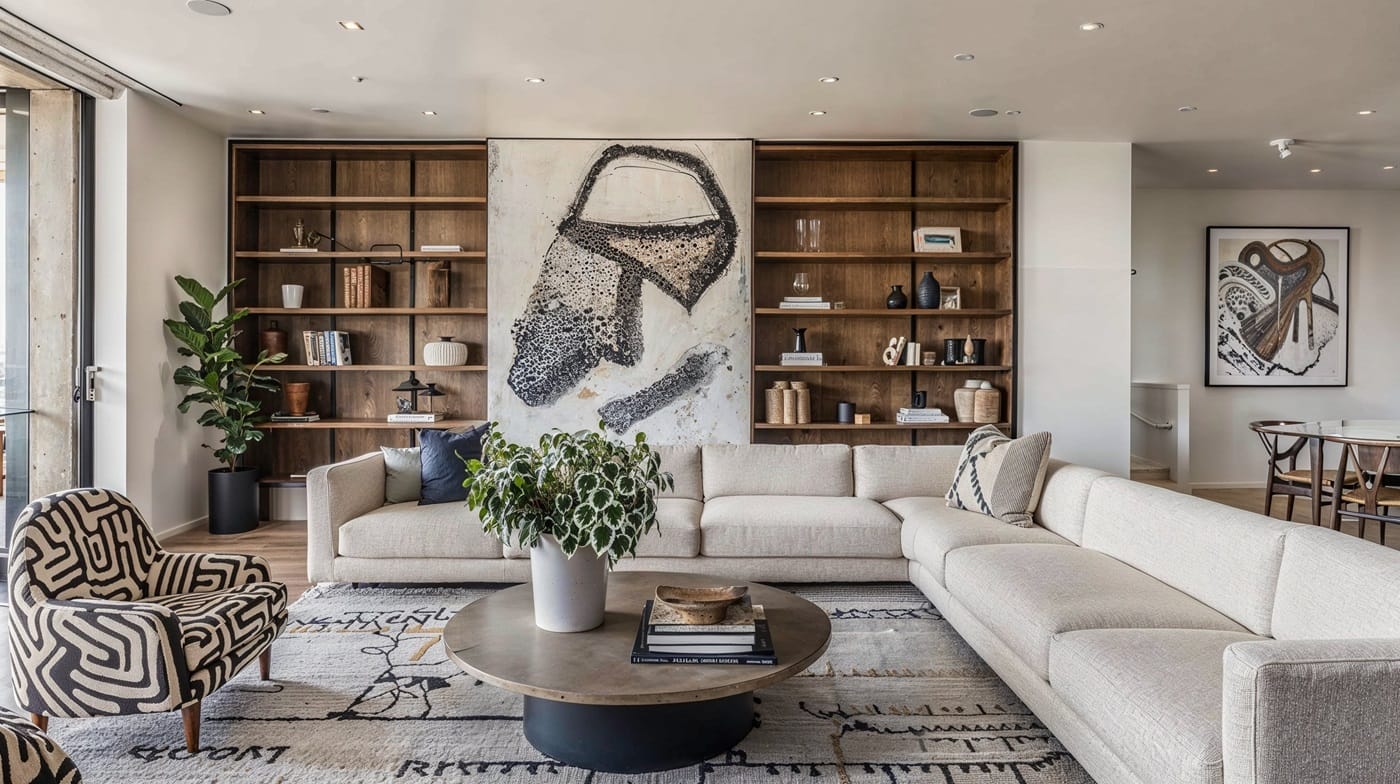Maximizing Your Small Space
Maximizing Your Small Space
 When considering how to best optimize the space you live in or work in, think of yourself as an artist, falling back on the adage “form follows function.” As a small-home dweller, identify the purpose of the living or work area and implement a strategy that will make small spaces appear and even feel larger. Some of the brightest and talented home-interior engineers and designers can be found hard at work on the homes that are leading the current small-home movement, and they use a few general guidelines to create spaces that “open up” living and work areas.
When considering how to best optimize the space you live in or work in, think of yourself as an artist, falling back on the adage “form follows function.” As a small-home dweller, identify the purpose of the living or work area and implement a strategy that will make small spaces appear and even feel larger. Some of the brightest and talented home-interior engineers and designers can be found hard at work on the homes that are leading the current small-home movement, and they use a few general guidelines to create spaces that “open up” living and work areas.
The primary goal is to design spaciousness, even in the most cramped corners of the home or office. One method to visually enlarge a room’s proportions is to position and re-purpose furniture. Multi-use furniture is used to accentuate spaciousness while also identifying each room’s theme, especially the living room, which will likely be the largest room. For instance instead of a sofa, consider furnishing with a small L-shaped sectional, which can act as a room divider between the living room and the dining room.
It is possible to manufacture an illusion of spaciousness by using compact blinds that are easily opened to reveal windows-the more windows and the larger the windows the better. High ceilings also add to this illusion, as do furniture that is simple and sized just adequate for the room. Overstuffed or “puffy” furniture pieces are big no-nos, and dark, heavy fabrics should be avoided. Narrow, tall storage cabinets and closets can provide extra storage space without intruding on the living space, a strategy known as “closed storage” that are places to keep the items that cause clutter out of sight. Installing the right lighting can also save space, recessed lighting in place of lamps, which add to the clutter factor.
If there is a deck or patio, utilize that space to add to the living and entertaining area. Invest in high-quality outdoor furniture and d?�cor to make those areas comfortable and inviting as often as the weather permits. Customized furnishings and d?�cor can extend your interior theme to the outside as well. If possible, screen in porches and patios to lengthen the outdoor-living season.
As far as paint goes, finish walls in bright colors, which prompts the feeling of openness and airiness. It is also suggested that painting walls with big, bold designs can maximize the impact of a room’s theme. For odd-shaped or uneven walls, painting a horizontal stripe along a wall’s length makes a small room appear larger. In fact, the stripe distracts the eye away from the uneven wall in the room.
Smart interior design can be used to make smaller homes not only satisfactorily livable, avoiding the feeling of being cramped in a confined space. In the end, the small home is welcoming and accommodating for inhabitants and guests, making the downsized home the right-sized home.



